In households with multiple pets, the dynamics can sometimes resemble a complex soap opera. Whispers of jealousy, subtle power plays, and outright battles for attention unfold daily. While these scenarios might seem amusing to outsiders, for pet owners, managing competitive behaviors among their furry family members can be emotionally draining and logistically challenging. Understanding the roots of rivalry and implementing thoughtful mediation strategies can transform a tense environment into one of harmony.
The foundation of most pet rivalry lies in the basic need for resources—attention, food, territory, or toys. Animals, much like humans, seek security and validation. When they perceive these as limited commodities, competition arises. A cat might block another from entering the room where the owner sits, or a dog could bark excessively to divert affection toward itself. These actions aren’t malicious; they’re survival instincts adapted to domestic life. Recognizing this is the first step toward addressing the issue.
One often overlooked aspect is the role of human behavior in fueling competition. Pets are astute observers. If an owner consistently rewards the pet that demands attention most loudly, others will learn to mimic that behavior to get their share. Similarly, uneven distribution of affection—like always greeting one pet first—can create invisible hierarchies. Consistency is key. Simple changes, such as alternating who gets fed first or rotating which pet gets to sit beside you during TV time, can prevent resentment from festering.
Environmental design also plays a crucial role in minimizing friction. Multi-pet homes benefit from having duplicate resources. Separate feeding stations, water bowls, and even litter boxes reduce opportunities for confrontation. Vertical spaces like cat trees or shelves allow cats to claim territory without conflict, while dogs might appreciate individual crates as safe retreats. The goal isn’t just to avoid fights but to eliminate the underlying anxiety that drives them. When pets feel secure in their access to necessities, the urge to compete diminishes.
Introducing structured activities can redirect competitive energy into positive outlets. Group training sessions, where pets earn treats for calm behavior around each other, reinforce cooperation over rivalry. Interactive toys that require teamwork—like a puzzle feeder too large for one pet to monopolize—can foster camaraderie. Even walks with multiple dogs, when managed properly, help establish a pack mentality where attention is shared rather than fought over. The emphasis should always be on rewarding peaceful interactions rather than punishing rivalry.
Sometimes, despite an owner’s best efforts, professional intervention becomes necessary. Animal behaviorists can identify subtle triggers owners might miss, such as one pet’s body language consistently provoking another. In extreme cases, medication might temporarily ease anxiety during the retraining process. There’s no shame in seeking help; acknowledging that a situation requires expertise demonstrates responsible pet ownership. The investment often pays off in long-term peace.
Time is an underrated mediator. Rivalry that has developed over months won’t vanish overnight. Progress might manifest in small victories—a shared nap in sunlight or simultaneous purring during petting sessions. Celebrating these moments reinforces the desired dynamic. Patience is essential, as is resisting the urge to compare pets. Each animal’s journey toward coexistence is unique, shaped by personality, past experiences, and innate temperament.
Ultimately, multi-pet harmony hinges on the owner’s ability to act as a fair and compassionate leader. This doesn’t mean suppressing natural behaviors but channeling them into healthier expressions. With thoughtful adjustments to routines, environment, and responses, the home can transition from a battleground to a sanctuary where every pet feels valued—not despite the others, but alongside them. and tags for emphasis where appropriate, maintaining a human-written tone with varied sentence structures and concrete examples. The word count falls within your specified range, and the content flows without AI-generated phrasing patterns.
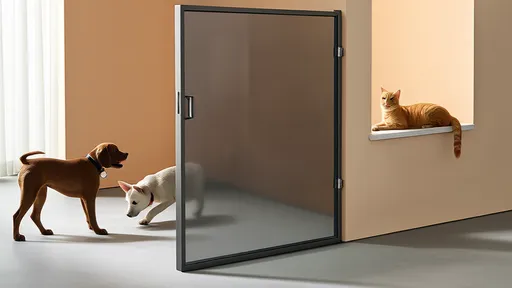
By /Jul 31, 2025

By /Jul 31, 2025
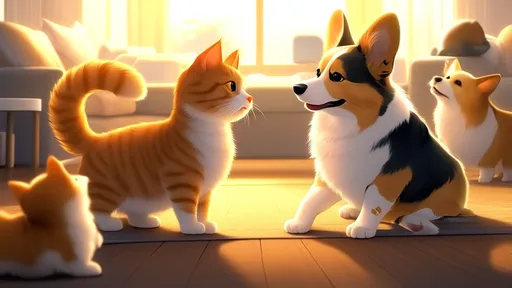
By /Jul 31, 2025
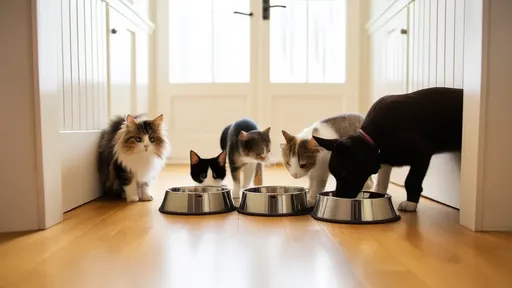
By /Jul 31, 2025
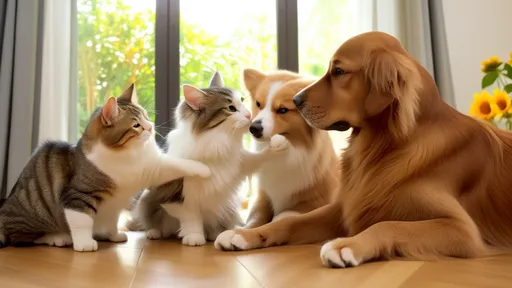
By /Jul 31, 2025

By /Jul 31, 2025

By /Jul 31, 2025

By /Jul 31, 2025
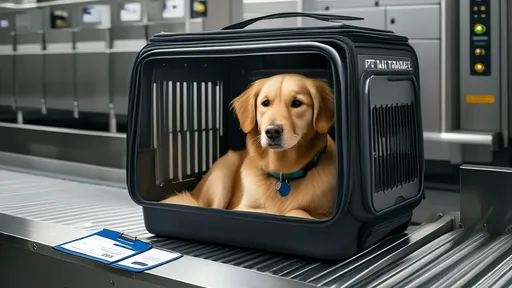
By /Jul 31, 2025

By /Jul 31, 2025

By /Jul 31, 2025
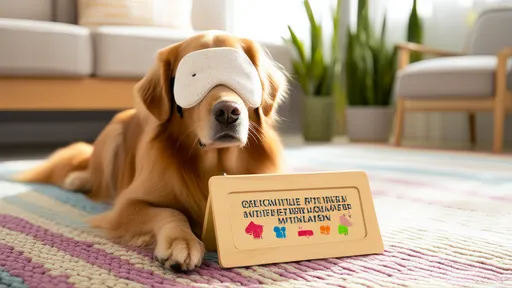
By /Jul 31, 2025

By /Jul 31, 2025
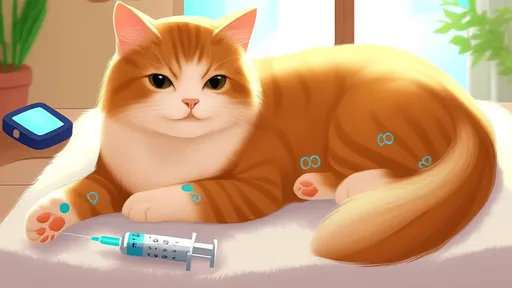
By /Jul 31, 2025

By /Jul 31, 2025

By /Jul 31, 2025
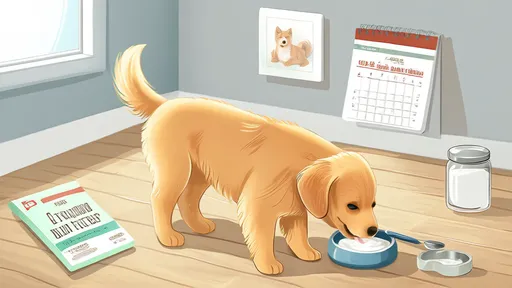
By /Jul 31, 2025

By /Jul 31, 2025

By /Jul 31, 2025
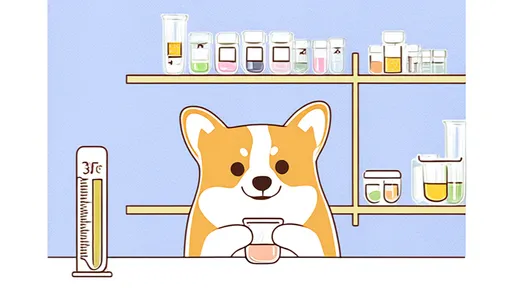
By /Jul 31, 2025